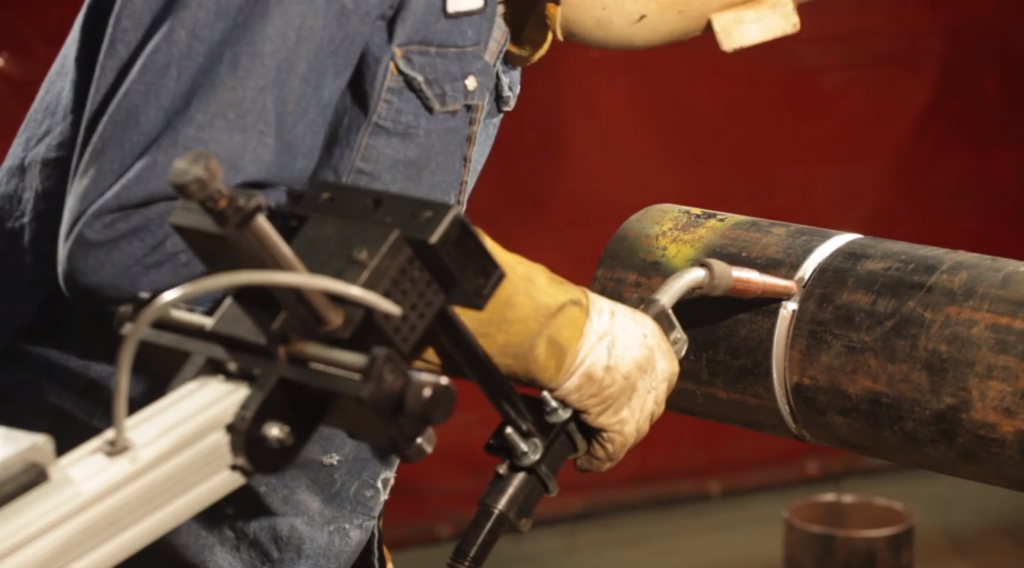
The welding industry today has adapted to the latest technological advancements. Robotic and automated welding is significantly affecting the manufacturing and construction industries.
Automating your welding operations gives you consistent, duplicable quality weld for hours. Using machines to support your craft means you can deliver jobs faster without the need for extra labor and resources.
Here are 5 automated welding tips we have to help you get started:
1. Learn the Basics of Automated Welding through Research and a Mentor
You can watch videos, or read articles on welding robotics and machines. Knowing the difference between MIG, TIG, and Stick welding is a good place to start.
Having a mentor is more interactive than learning through pure research. The errors in the learning process will be reduced.
Check your circle of network. See if you can find one from your friends or friends of friends.
2. Safety First
This may be tip number two, but you should always prioritize safety first no matter what.
Welding is a very hazardous process especially if you are more into semi-automatic welding. It is always wise to invest in safety gears like helmets, gloves, overalls, skin covers, welding apron, and safety shoes.
Also, safety is not only practiced by wearing the right equipment. You should also be mindful of your surroundings. Make sure that your working space has an adequate size. The equipment and materials are prepared before you start welding. And of course, having proper ventilation in your workspace is a must.
3. Know the difference between Semi-Automated and Fully Automated Welding
Automated welding has two sub-categories.
Semi-automatic welding requires an operator to manually load and start the work. This type of automated welding is designed to improve the welding process without entirely taking over skilled operators. This is the more common choice of welding automation.
While in fully automated welding, the machine takes over the entire work process. In this case, the operator will be observing the whole welding process while making sure that the machines are properly working. This type of welding is mostly used in industries which involve mass fabrication.
It is important to understand the differences between the two for you to know which field you should be focusing on.
4. Refine the Skill
Automated welding is a very technical skill to learn and master. It requires you to have most of the basic knowledge from manual welding.
Learning automated learning will significantly increase your productivity in producing more quality results in less time.
After learning the basics, aim for mastery. Always be hungry for learning and be the best welder that you can be!
5. Invest in the Right Machine for Automated Welding
Investing for an automated welding machine can be costly especially for start-ups.
Small businesses that don’t need major welding operations can go with manual welding. They will be investing in a manual welding machine, some welding materials, and a skilled welder. These investments are smaller compared to the cost of automated systems
But in the long run, you might find it to be as costly as welding automation. You will still be thinking about the labor costs, maintenance repairs, production waste cost, and also emergencies on your shop; like your welder getting into an accident during the welding process.
Looking for the Right Place to Buy Your Automated Welding Machine?
If you’re looking for the best investment for your business’ welding needs, ArcBoss got your back. We can assist you with automating your welding operations while still being on budget.